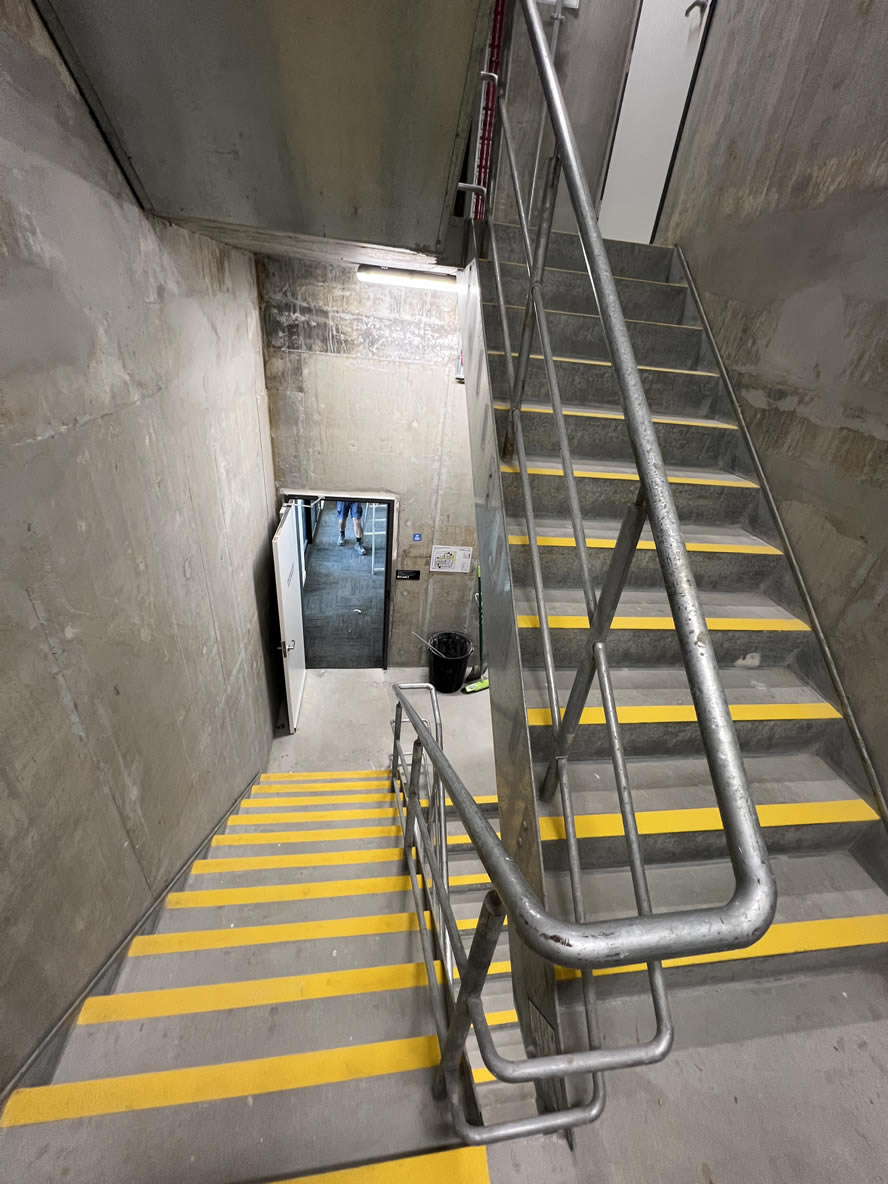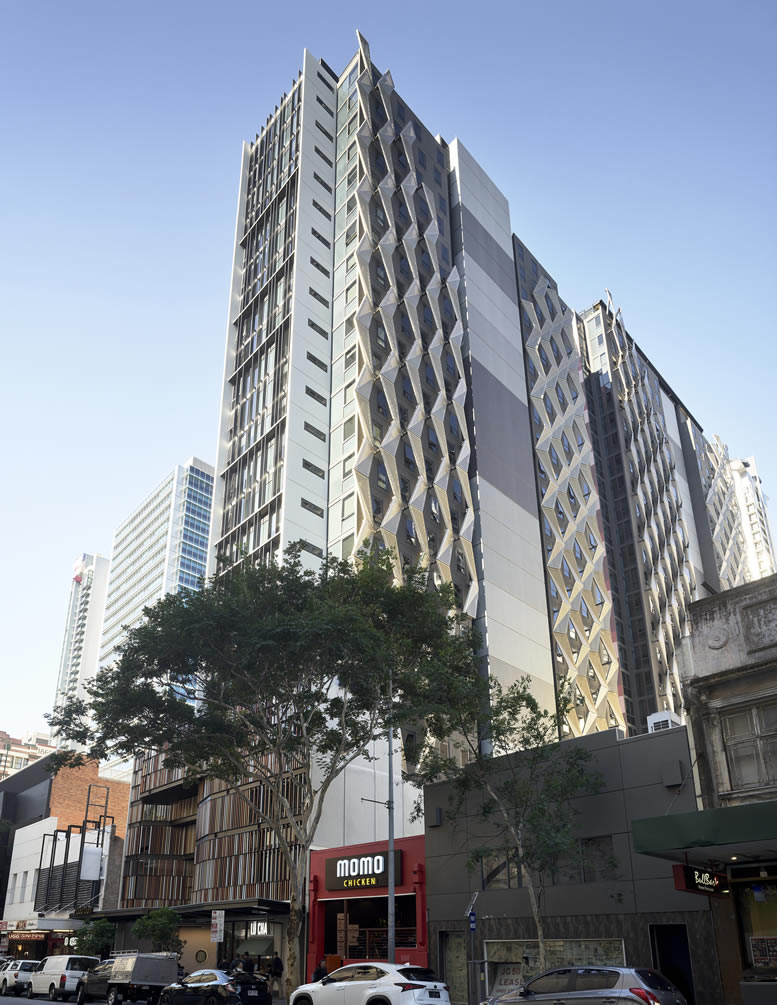Computational Fluid Dynamics
Back to ServicesFire & Smoke Modelling Analysis (using Computational Fluid Dynamics) is often required to assess more complex fire safety scenarios to determine the impact on occupant and fire service safety, such as large buildings with atria, warehouses / storage facilities and other buildings with large open spaces.
Typically, CFD modelling is carried out where there are non-compliances associated with atria, multi-level connections, smoke hazard management and/or extensive travel distances requiring an ASET/RSET assessment.
If required, a detailed fire and smoke modelling analysis using CFD to address the problem will be carried out. The objective of these works will be to achieve formal approval for the fire safety strategy by the Assigned Certifier and the Fire Brigade.
In CFD, the subject building or parts under consideration are built into a computational domain. This area is then divided into thousands and in some cases millions of individual but interacting 3-dimensional cells or volumes referred to as the mesh. The CFD model then processes conditions within each cell and transfers the data from that cell to all surrounding cells until the end of the computation, and constantly changes as a result of input values and interaction with other cells.
The resulting output values from the model simulation are then used to determine, at various time intervals if the acceptance criteria (for example occupants to safely evacuate) have been met.
MCD have extensive experience in building and developing fire safety designs using CFD analysis, from smaller residential corridors, buildings containing atria, large open areas such as retail areas, warehousing and industrial buildings as well as carparks using impulse ventilation systems such as jet fans and their impact on sprinkler operation.








